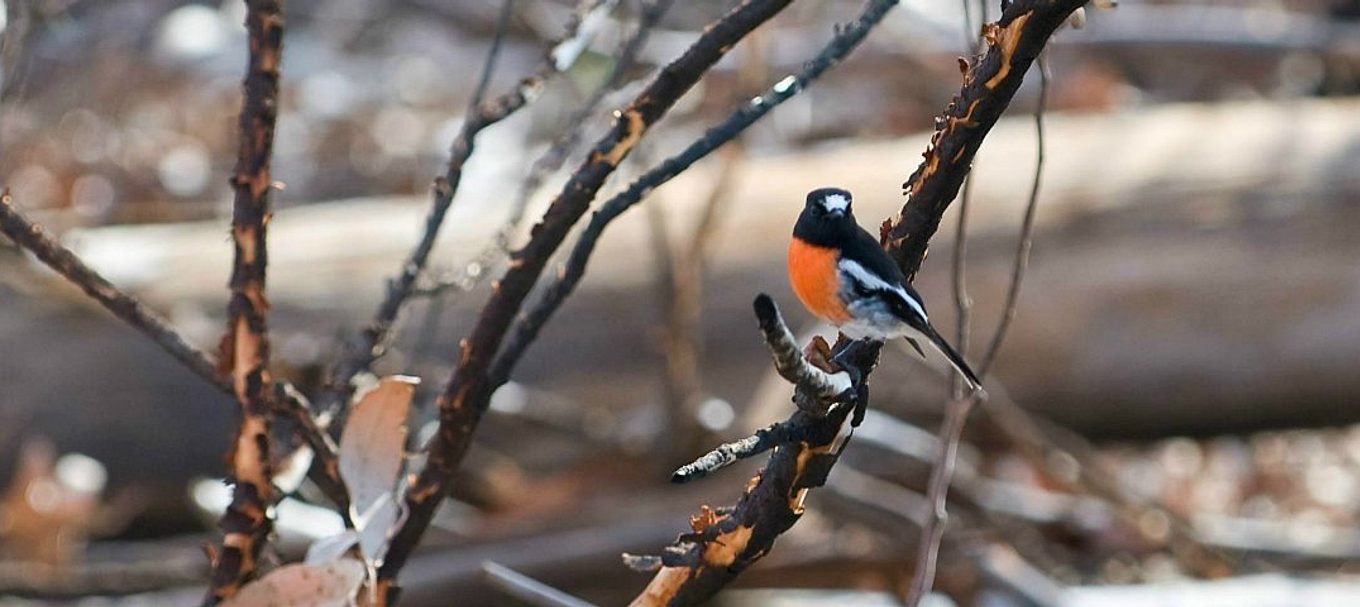
Recovery after a planned burn
Planned burns are an important and accepted part of bushfire management in South Australia but there’s no hiding the fact that – just like bushfires themselves – they have a pretty dramatic impact.
The sight of blackened land is hard to ignore and certainly makes an area less appealing for a walk or a picnic.
However, in assessing what has actually happened and how long it will take an area to recover it is important to keep in mind that not all fire is the same.
From an environmental point of view, a combination of fire frequency and intensity, the season, and the patchwork of fires across the landscape determines long-term impacts on plants, animals, ecological communities, water catchments, soil and weeds.
One of the benefits of a planned burn is that the fire intensity is lower and we have a chance to assess the impact of fire on the area ahead of time. How an area will recover is one of the considerations before a burn takes place.
Recovery from a burn refers to the regrowth or regeneration of plants and the return of fauna to a state similar to pre-burn.
The process starts surprisingly quickly. Re-sprouting can occur within weeks for some plants, and once the first good rains occur seeds will begin to germinate.
There isn’t an ‘ultimate’ stage that vegetation will attain and stay that way forever. The forest is always changing in response to environmental factors.
Some plants and animals prefer a recently burnt landscape or one that is in the middle stages of recovery.
If there hasn’t been a bushfire for a long time - as often happens in near-urban areas where firefighters move quickly – some of these species can disappear as vegetation becomes thick or changes to a grassy under-storey.
For animals like the Southern Brown Bandicoot, a burn is great as within a year or three they’ll have their favoured habitat. A mix of recent, middle and older burnt areas provides habitat for most species. In ecology, too much of the same isn’t usually good.
We are working hard to understand the recovery methods in areas where we conduct burning on a regular basis and have a pretty good handle on how 2,366 plants, 223 animals and six threatened ecological communities behave.
Our main focus has been in the Mt Lofty Ranges, Kangaroo Island, the Murray-Mallee, Eyre Peninsula, South East and the Southern Flinders regions.
But we still have plenty of work to do. If you include the Outback and Far West region there are almost 6,000 plants, 1,300 vertebrate animals and 10 threatened ecological communities in SA.
For a recap of part 1 and 2 in our fire series check out "The how and why of planned burns" and "The science behind planned burns".
More information on fire management is available on our website. You can also subscribe to receive regular fire management information.





